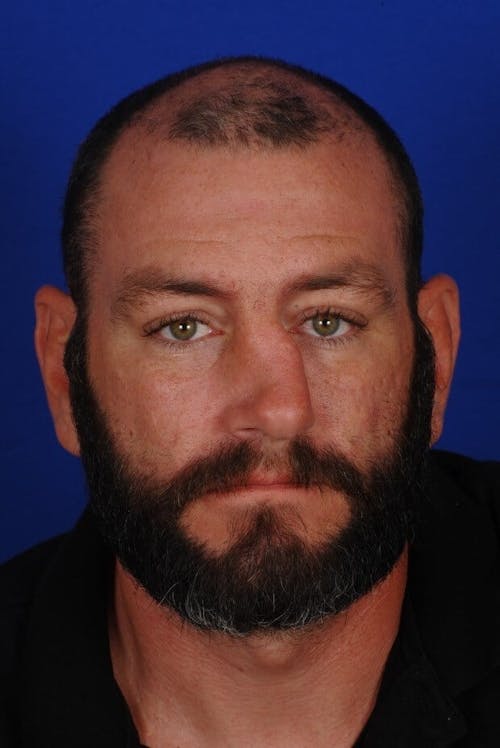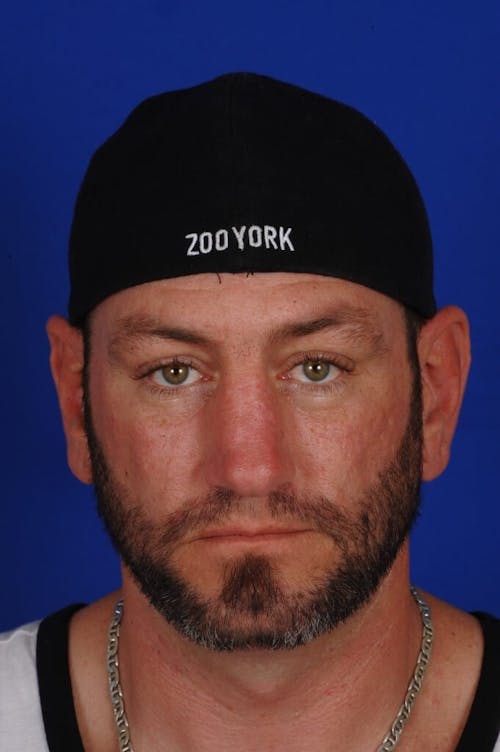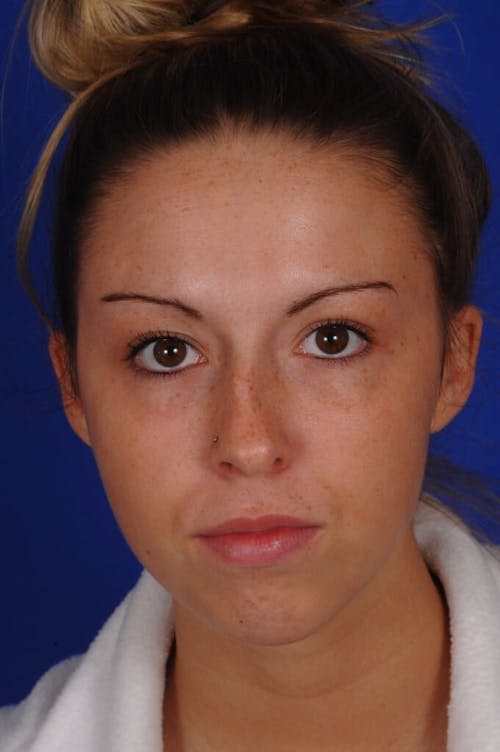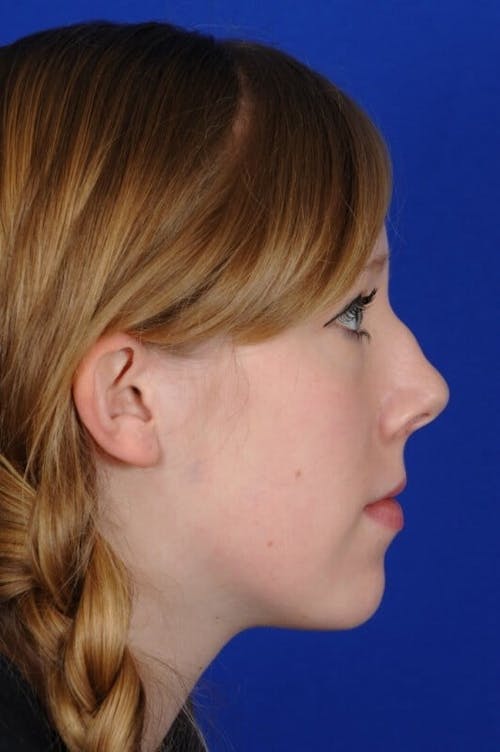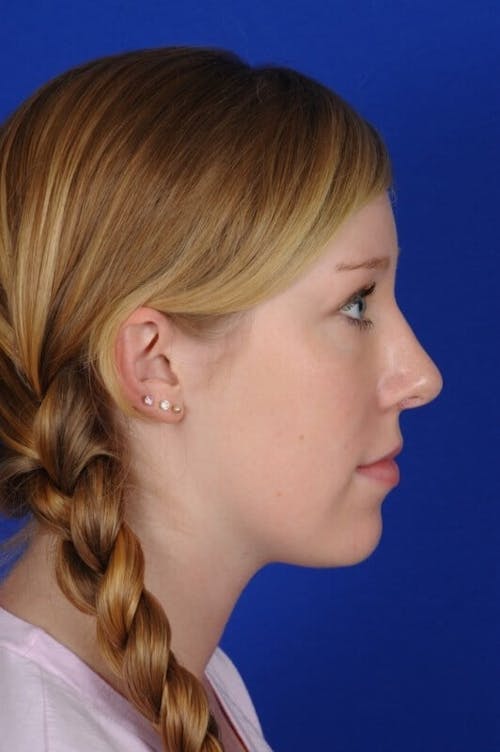Septoplasty is a specific nose surgery that repairs the common condition of a deviated septum for relief from symptoms such as trouble breathing.
Surgical Technique
Septoplasty surgery is performed through an incision made inside the nostril. The tissue covering the septum is lifted and separated so that a clear view of the inside of the nose can be achieved and the bone and cartilage can be assessed. During the procedure, the deviated structures are removed or reshaped to correct the issue while preserving the shape of the nose. The incision is closed with sutures. As part of the post-operative preparation, the surgeon usually places a splint or soft plastic sheets inside the nose to help reduce scar tissue and align the septum as it heals. Nose packing may also be used in some cases to control bleeding.





